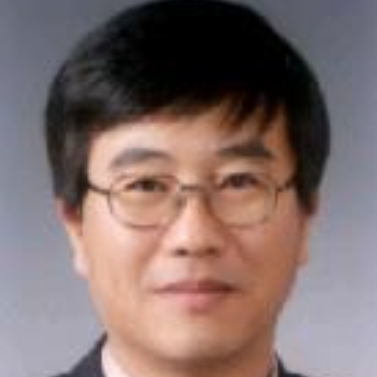
Kyung-Whan Yeom
Work place: Deparment of Radio Science an Engineering, Chungnam Nat. Univ., Daejeon, South Korea
E-mail:
Website:
Research Interests: Computational Engineering, Engineering
Biography
Kyung-Whan Yeom was born in Seoul, Korea, in 1957. He received the B.S. degree in electronics from Seoul National University, Seoul, Korea, in 1980, and the M.S. and Ph.D. degrees in electrical engineering from the Korea Advanced Institute of Science and Technology (KAIST), Daejeon, Korea, in 1982 and 1988, respectively. From 1985 to 1991, he was with LG Precision, as a Principal Engineer. He worked with the microwave integrated circuit (MIC) team as a Team Leader and was subsequently involved with the Military Electronics Division for electronic warfare (EW) equipment. From 1991 to 1995, he was with LTI, where he was involved with power-amplifier modules for analog cellular phones. In 1995, he joined Chungnam National University, Daejeon, Korea, as an Assistant Professor, and is currently a Professor with the Department of Radio Science and Engineering. His research interests are in the design of hybrid and
monolithic microwave circuits and microwave systems. Prof. Yeom is a member of the Korean Institute of
Electromagnetic Engineering and Science (KIEES) since 1995. He was the editor-in-chief of KIEES from 2004 to 2006. He was the recipient of the IR-52 Jang Youg-Sil Prize from the Ministry of Science and Technology (MOST) of Korea for his work on cellphone power amplifiers in 1994. He was also the recipient of the
Academic Award of KIEES in 2004
Author Articles
A Low-Cost Noise Wave Correlator for Noise Parameters Extraction by Cold Noise Power Measurement
By Abdul-Rahman Ahmed Kyung-Whan Yeom
DOI: https://doi.org/10.5815/ijwmt.2016.05.02, Pub. Date: 8 Sep. 2016
Conventionally, the noise parameters of a Device under Test (DUT) which generally characterize the noise performance of the DUT, are obtained via the impedance tuner technique. The authors have previously presented a technique which eliminates the need for impedance tuner, and rather employs an 8-port network that enables the extraction of the noise correlation matrix of a given DUT and thus its noise parameters. In this paper, we present a further simplification of the 8-port network technique, which also eliminates the need for a conventional external noise source. Cold noise powers emanating from a DUT are measured via a 6-port network with the aid of matched termination. The measured noise powers provide sufficient information for determining the noise wave correlation matrix of a DUT, which are then converted into the conventional 2-port noise parameters. The proposed technique is simple, fast and is verified to give a good estimation of the noise parameters of selected DUTs.
[...] Read more.Other Articles
Subscribe to receive issue release notifications and newsletters from MECS Press journals